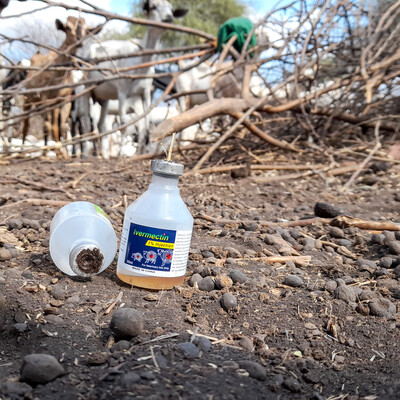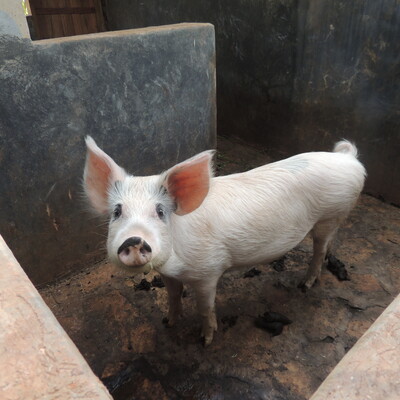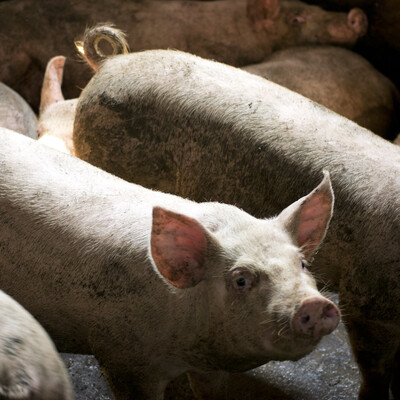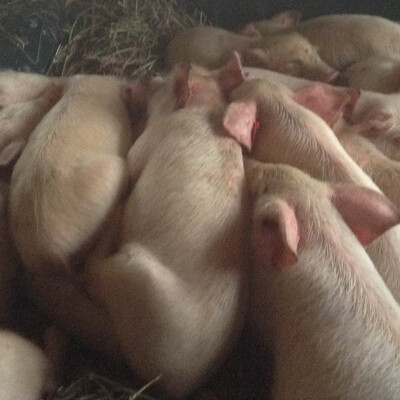
Co-infection with Rift Valley fever virus, Brucella spp. and Coxiella burnetii in humans and animals in Kenya: Disease burden and ecological factors
The project will analyse existing samples and carry out active surveillance to determine the burden of Rift Valley fever, brucellosis and Q fever and their co-infections in humans, livestock and wildlife in Kenya. It will be implemented in the pastoral counties of Garissa, Isiolo, Mandera, Marsabit and Wajir.
Rift Valley fever, brucellosis and Q fever cause serious illnesses in humans and are associated with extensive socio-economic losses in livestock. These diseases are prevalent in pastoral areas of Kenya and are among the country’s top 10 priority zoonoses. In people, the diseases cause intermittent fever, joint and muscle pain, fatigue and in some cases neurologic disorders. In livestock, they cause abortions, still births, birth of underweight foetuses and infertility. The agents that cause Rift Valley fever, brucellosis and Q fever are some of the most threatening to human and animal health.
Objectives and activities
Disease risk mapping: Refining the Rift Valley fever risk map and developing new risk maps for brucellosis and Q fever
The project will collate stored livestock, wildlife and human serum samples from institutions in the country and screen them for Rift Valley fever virus and Brucella spp. and Coxiella burnetii bacteria using respective enzyme-linked immunosorbent assay kits. Results will be used to develop risk maps for the three diseases in the country. The maps will also be used to identify areas where ecological niches for the three diseases overlap.
Estimation of the human and animal health burden associated with these diseases
Active surveillance for human, livestock and wildlife syndromes associated with these diseases will be carried out in the target counties to determine health and socio-economic burden of these infections. A clinical case definition will be used to identify relevant cases for laboratory screening.
Analysis of stored samples: Identifying strains of prevalent disease pathogens
Samples collected from active surveillance work will be analysed to identify strains of the selected pathogens and determine their association with the severity of diseases they cause, especially in people. These analyses will also map transmission patterns of the pathogens between humans, livestock and wildlife.
Staff training: Building capacity for better approaches for disease control
Animal and human health workers, researchers and staff from the Ministry of Health and the Department of Veterinary Services in the target counties will be trained in biosafety and biosecurity practices, laboratory procedures, metagenomics and phytogenetic analysis, syndromic surveillance and risk mapping. Training will also focus on One Health surveillance approaches to improve the knowledge and capacity of One Health partnerships for better control of these and other diseases of security concern.
The project will have a communication plan that supports the dissemination of data and knowledge generated to various stakeholders throughout its implementation period.





















